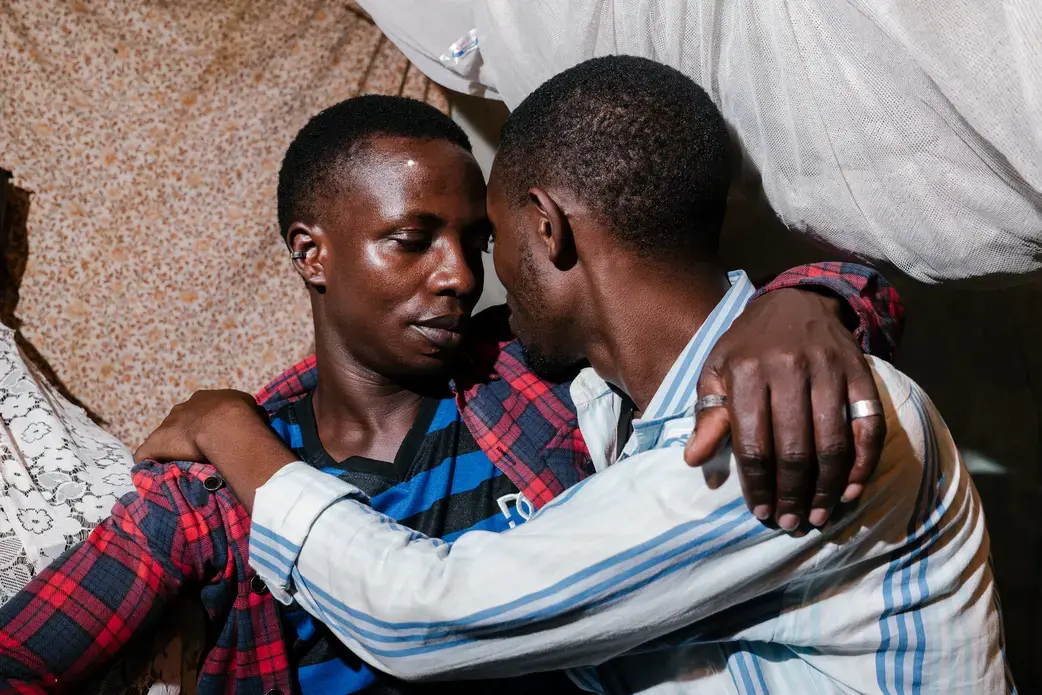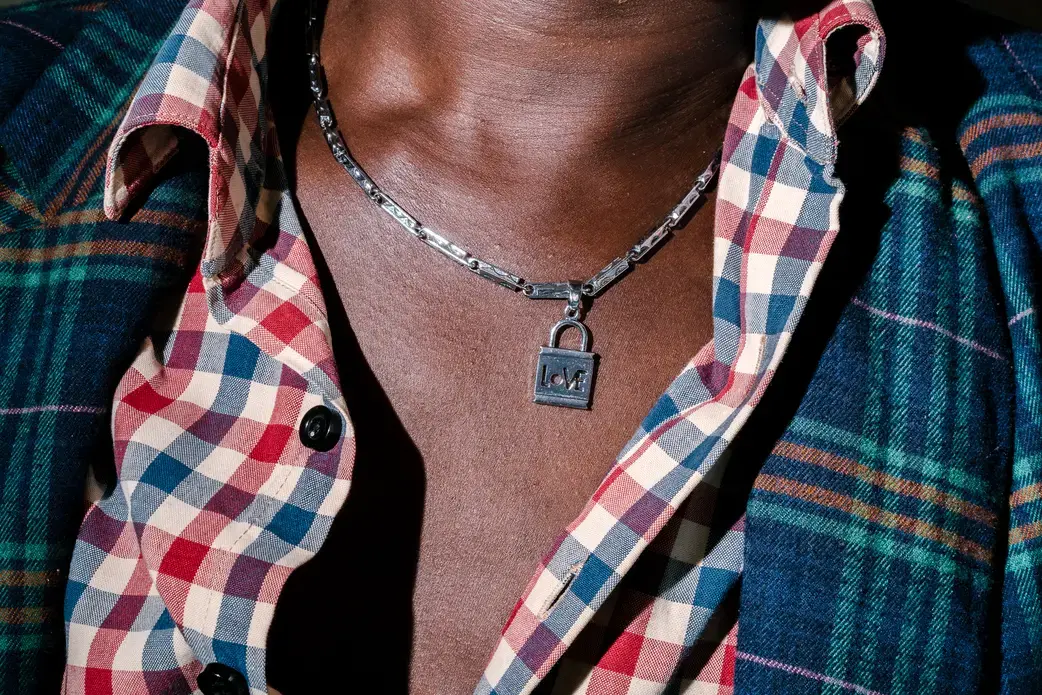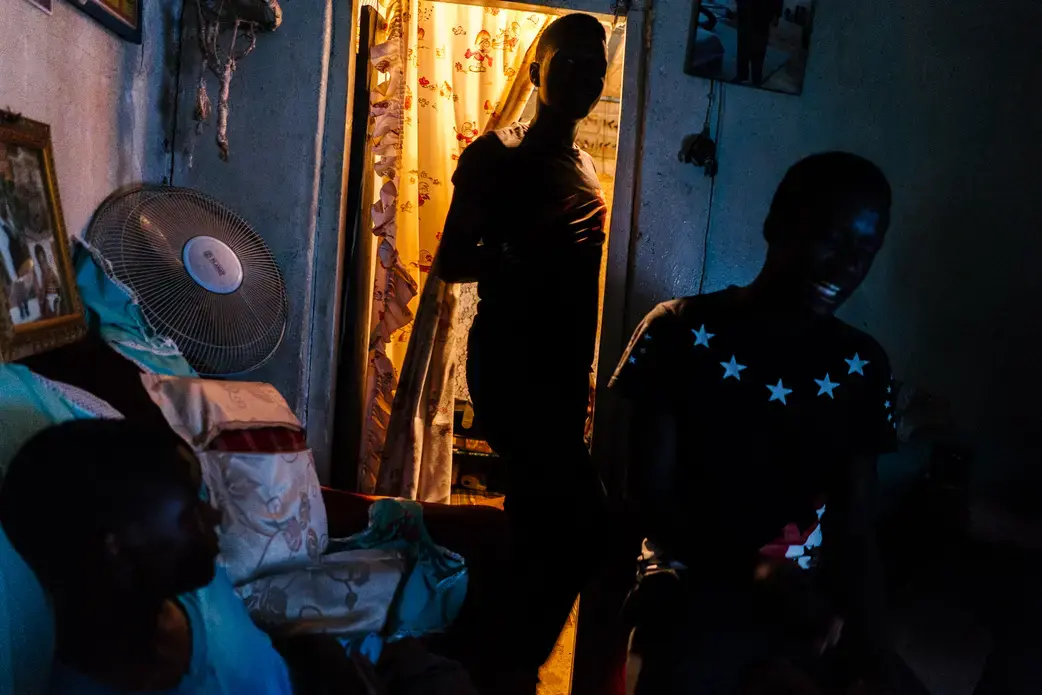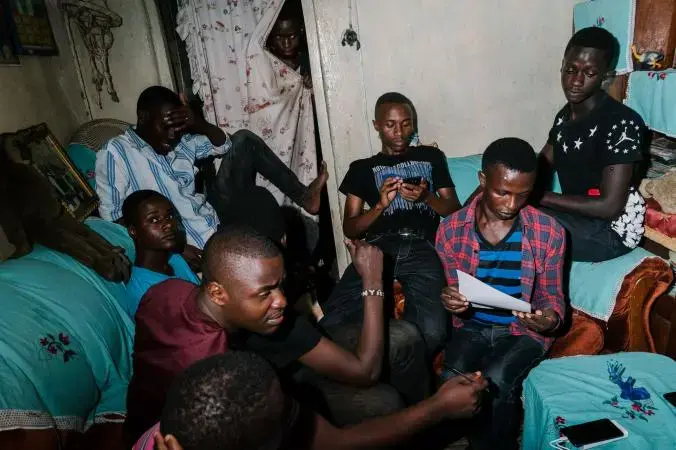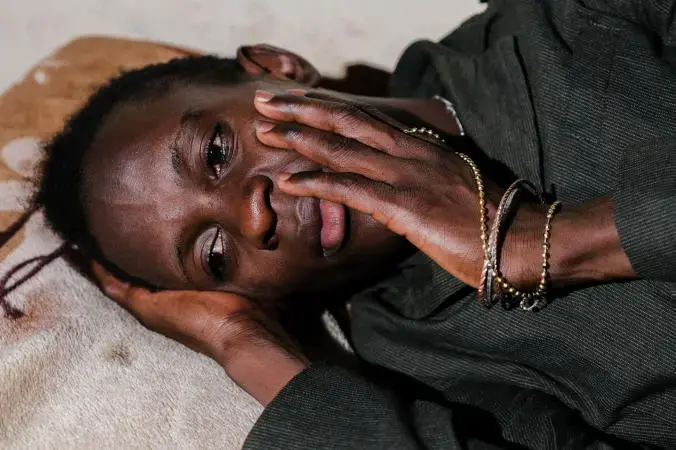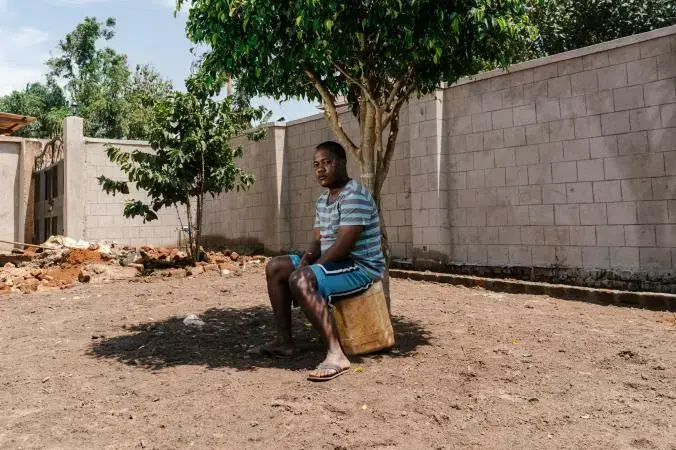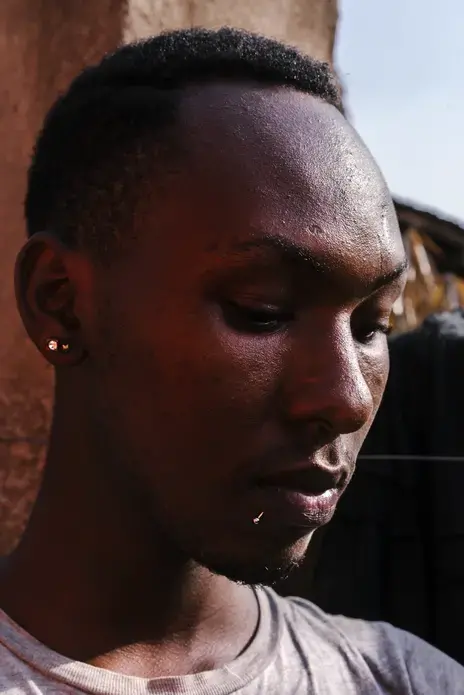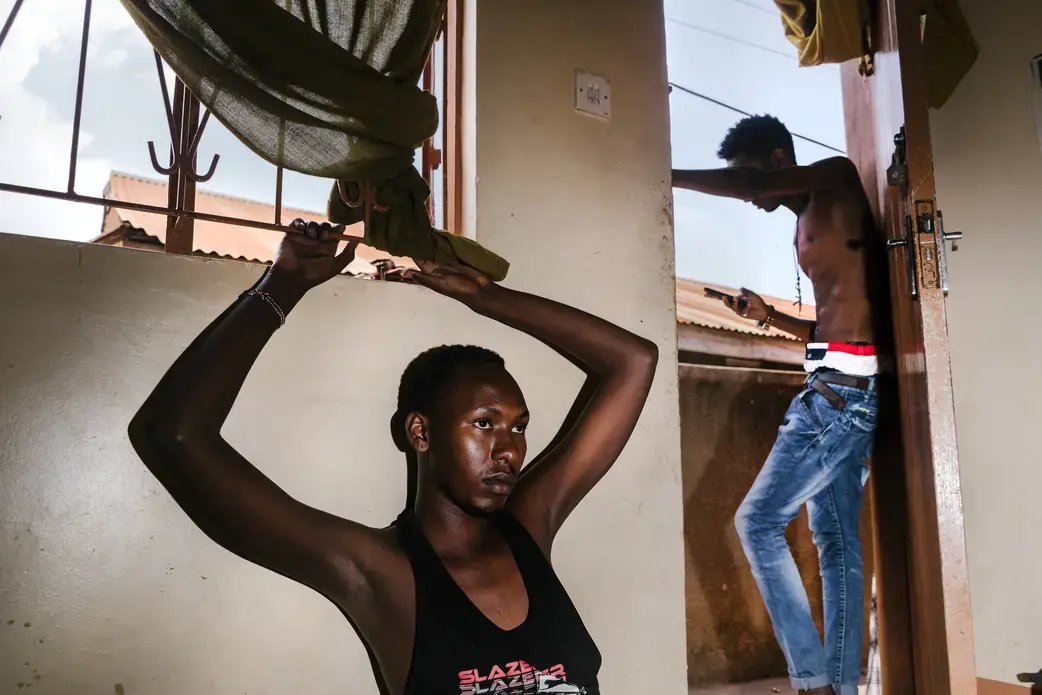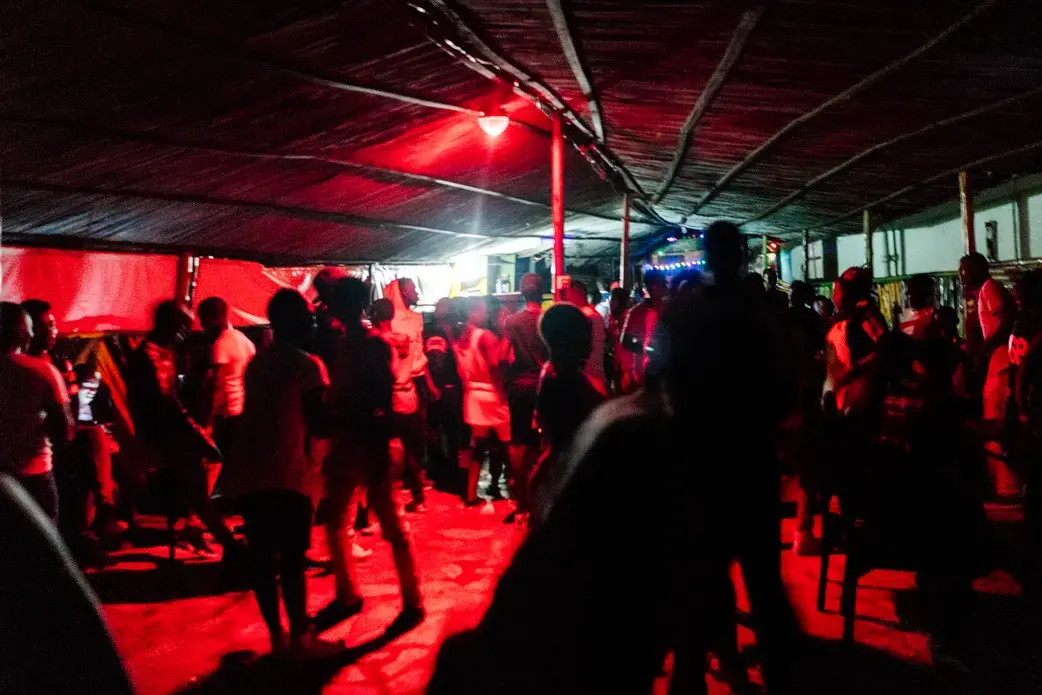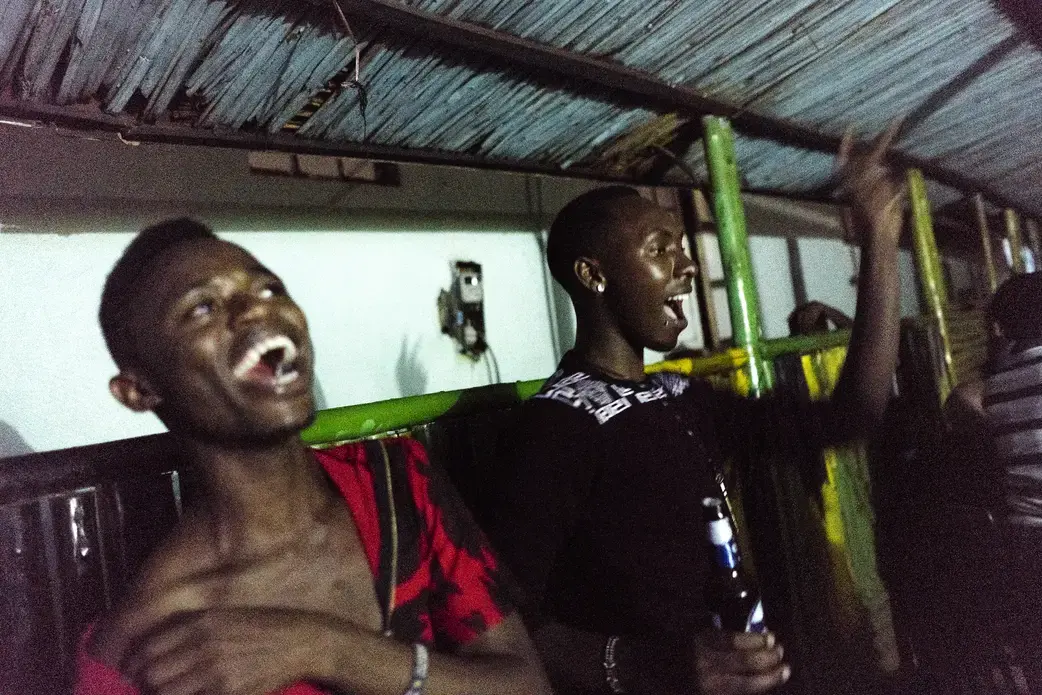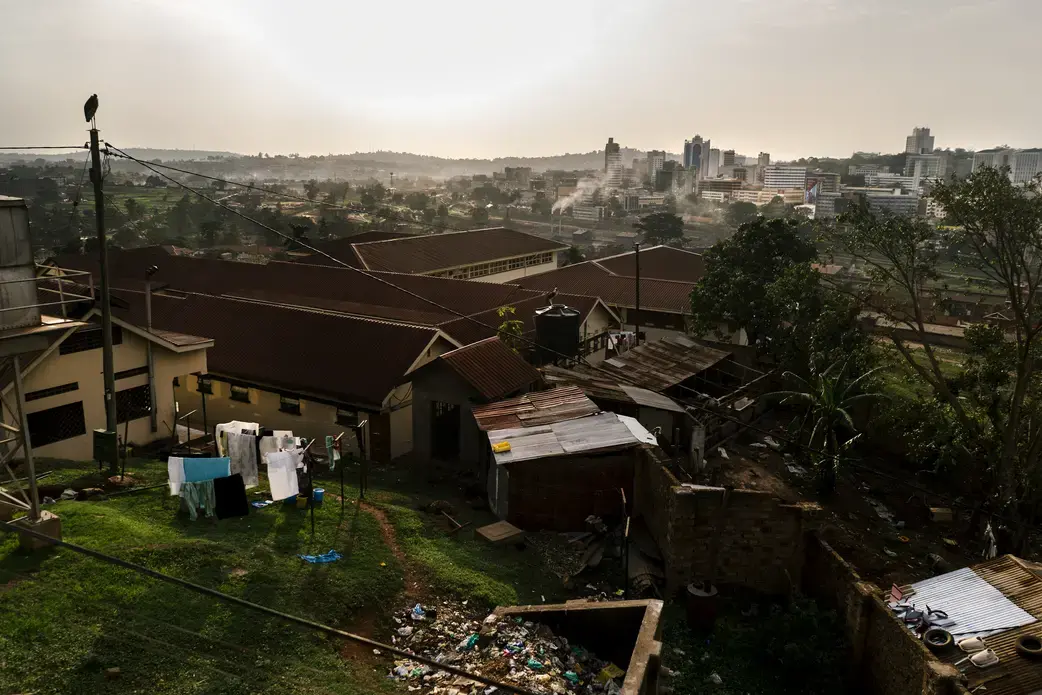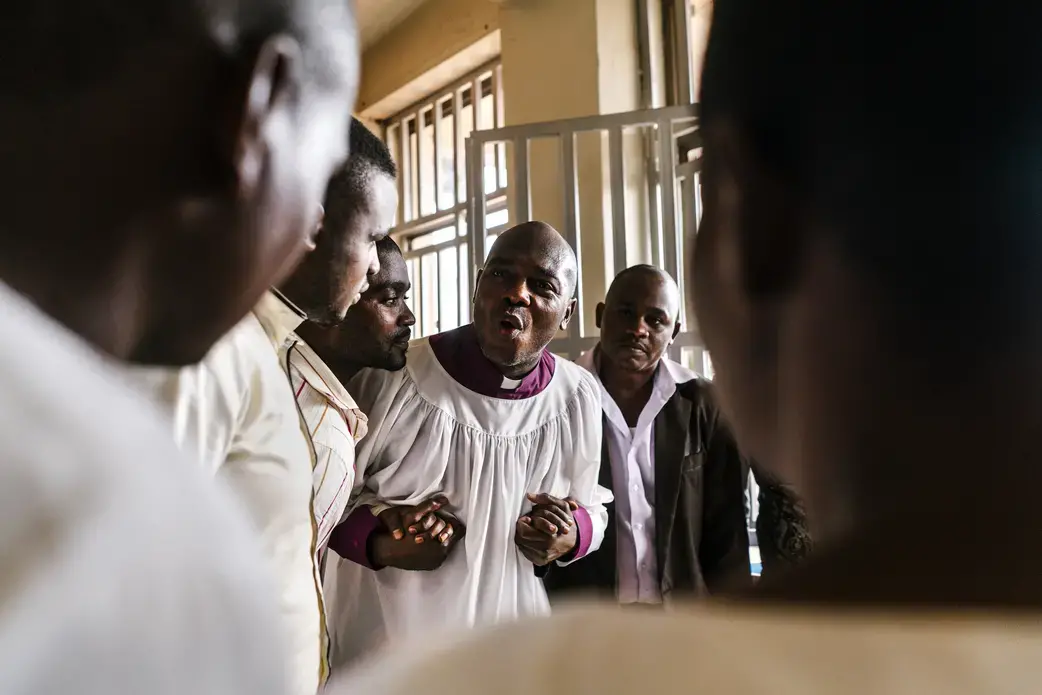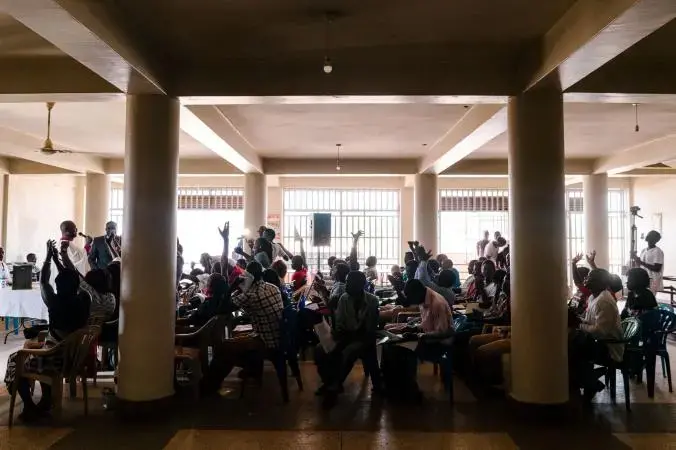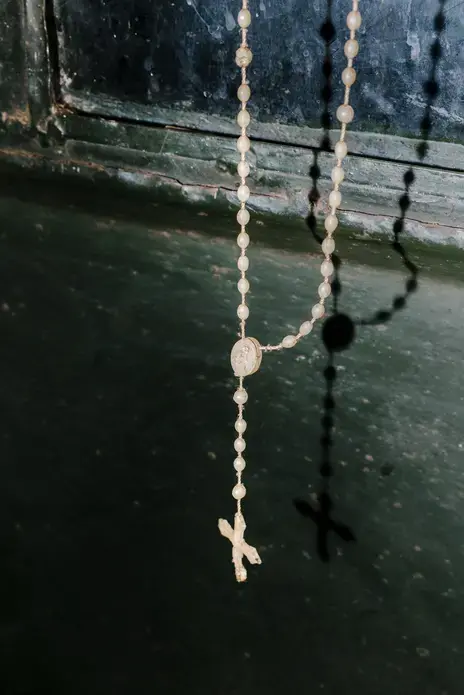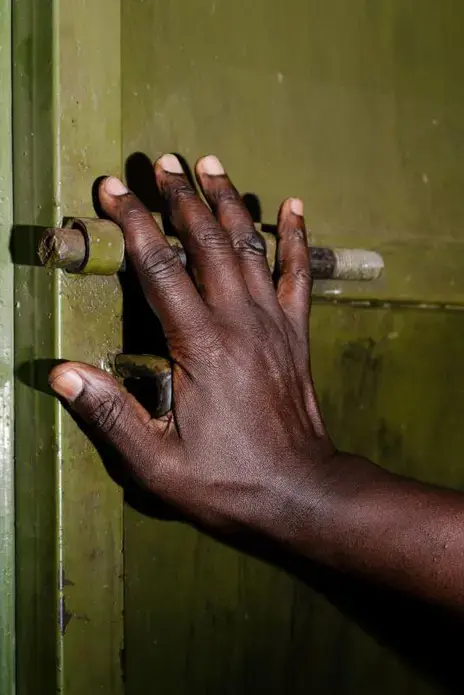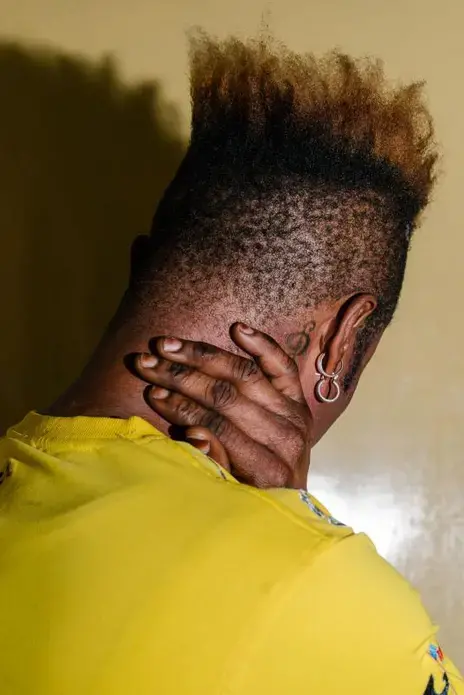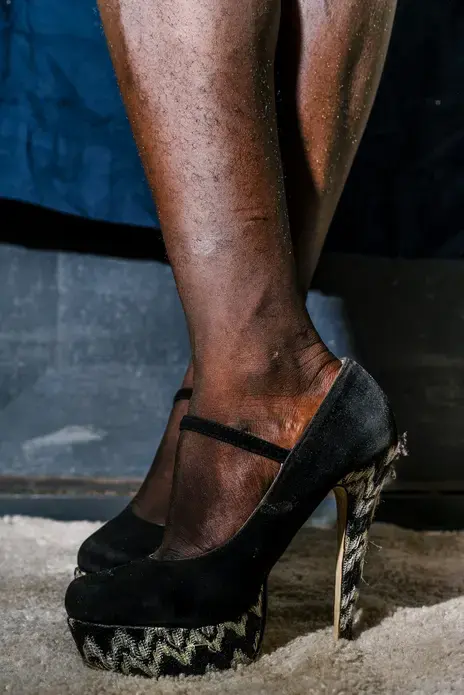In 2013 Uganda gained international recognition as a horrific place to be gay when the country passed the Anti-Homosexuality Act, infamously known as the “Kill the Gays” bill.
In the aftermath of its passage, LGBTQ activists in Uganda were granted funding, access to resources and a global platform that catapulted them into the spotlight. “But on the flip side,” says photographer Jake Naughton, “the visibility created an allergic reaction on the ground where violence is happening at an increasing rate, and it’s not from politicians or religious leaders. It’s from everyday Ugandans, the people in your neighborhood, at church, your family.”
Today Uganda could be more dangerous than ever for the gay community, despite the annulment of the Anti-Homosexuality Act in 2014.
Naughton’s project, This is How the Heart Beats, calls attention to the forced migration of LGBTQ refugees in East Africa. The series follows the refugees as they flee their homes in Uganda, seek haven in Kenya, find resettlement in the United States, and for some, make a decisive return to Uganda.
Curious how the events of 2013 have resonated in the country, Naughton traveled there in 2017 to record the lives of ordinary LGBTQ Ugandans. Although the people in the photographs may not formally identity as activists, the banal actions of their daily life become a form of activism, a defiance of those who wish them banished or dead.
Naughton acknowledges that as a white American there’s a limit to how his experiences relate to a Ugandan, but “as a gay person, there’s an implicit trust that I understand the danger and the stakes of being a queer person represented in the media,” he says of his ability to access East Africa’s LGBTQ community.
In Kenya, the refugees Naughton photographed often asked him to conceal their identity out of fear that their families back home could encounter retributive attacks. It came as a surprise then that in Uganda almost everyone was happy to have their faces shown. “Most people were [already] out in one way or the other,” says Naughton, adding, “that didn’t mean the stakes were lower.” They constantly face the perils of being openly gay, but there is this sense of “people know who we are and that’s just how it is,” recalls Naughton.
To mirror the intense public and private scrutiny LGBTQ people run into in East Africa, Naughton often uses off-camera flash when photographing. The bright light flooding the frame offers a visual metaphor for the unwanted surveillance gay Ugandans endure. Contrasted by deep shadows created by the flash, the dynamic provides an “elegant way to talk about the dual nature of being a queer person in East Africa,” says Naughton, indicating the secrecy that can be bred by the threat of harm.
Naughton increasingly sees himself as a documentarian of queerness in the present moment. “It’s really hard as a gay person to see the incredible violence that people have to experience because of an identity that I share,” he says. On the other hand, Naughton is heartened by the profound resiliency of queer people, their zest for life, and their ability to brave an unimaginable amount of trauma and then turn those experiences “into something beautiful.”
A young transgender woman named Javan embodies the qualities Naughton describes. After surviving brutal abuses in Uganda, Javan fled to Kenya. Six months later she returned home saying, “I have to make a stand. What kind of example do I show for other Ugandan trans people if I leave?”
In a luminous portrait Naughton made of Javan near her home in Kampala, she looks directly into the camera with a look of calm empowerment. The Ugandan LGBTQ community is “committed to reforming the country’s beliefs about queer people,” says Naughton, “and they are there to stay.”
You can follow Jake Naughton on Instagram and check out more of his photography on his website.



